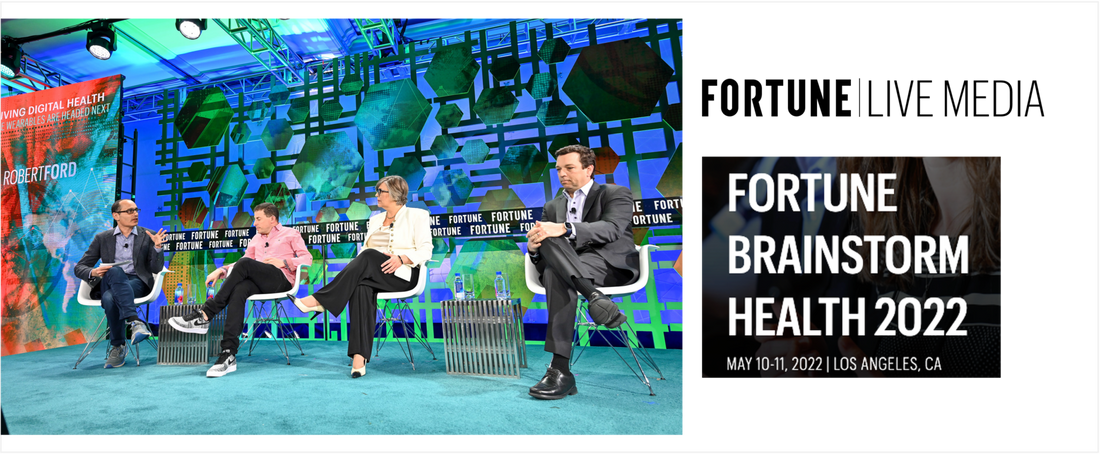Fortune Brainstorm Health: Bridging the Gap Between Tech, Doctors, and Consumers

Fortune Brainstorm Health: Bridging the Gap Between Tech, Doctors, and Consumers
By Jennifer Ernst, Co-founder and CEO, Tivic Health Systems Inc.
Last week, I participated in the Fortune Brainstorm Health 2022 Conference in Los Angeles – a gathering of leaders at the crossroads of business, health care, tech, and innovation. I joined a panel with Adrian Aoun, Founder and CEO, Forward, Robert Ford, Chairman and CEO, Abbott, and moderator Phil Wahba, at Fortune to discuss what’s driving digital health and where wearable devices are headed next.
Major discussion points from my panel, Driving Digital Health: Where Wearables Are Headed Next, led to a spirited discussion around healthcare innovations that lie ahead for consumers and the importance and use of data being gathered by all these monitoring devices. Some highlights are below.
According to Deloitte Global, more than 300 million consumer health and wellness wearable devices will ship globally in 2022. Digital innovations have led to sensors that can measure everything from blood glucose to resting heart rate, resulting in an enormous amounts of data. Under current regulatory frameworks, select data can be shared with the consumer themselves and other types of data can go only to healthcare providers to facilitate good decision-making. However, it’s inconsistent which clinicians use it, to what extent, in what ways, if at all.
The result is not only a question of volumes of data, but islands of data.
This creates obstacles for consumers to collaborate in their own health journey. Ultimately, though, the consumer - me as an individual - has access to many different types of personal data. The opportunity with health literacy is to create more meaningful, more complete, discussions between consumers and our healthcare teams.
It may be in how the data is packaged to provide insight or create catalysts for conversations. Some will result in recommendations for modifying behaviors while others may require aggressive professional intervention. The opportunities for improved health and wellness are abundant, if we are able to find ways to responsibly equip consumers with the proper context and understanding of the data in order to facilitate a good collaboration with their doctor.
There is the potential to challenge the traditional healthcare paradigm by using digital health to democratize data and put it into consumers’ hands in order to drive better outcomes.
The largest opportunity for digital health lies in breaking down healthcare data silos and increasing data transparency and timeliness to consumers, in helping healthcare professionals better connect the dots. Tech, pharma companies, and medical professionals all need to bring their expertise to the table to ultimately bring it to consumers in a meaningful way.
Looking forward, it seems we are moving toward datastreams that move from our personal health measurement devices to digital dashboards that can be utilized by both patients and clinicians, making our data more actionable and relevant to our health.






